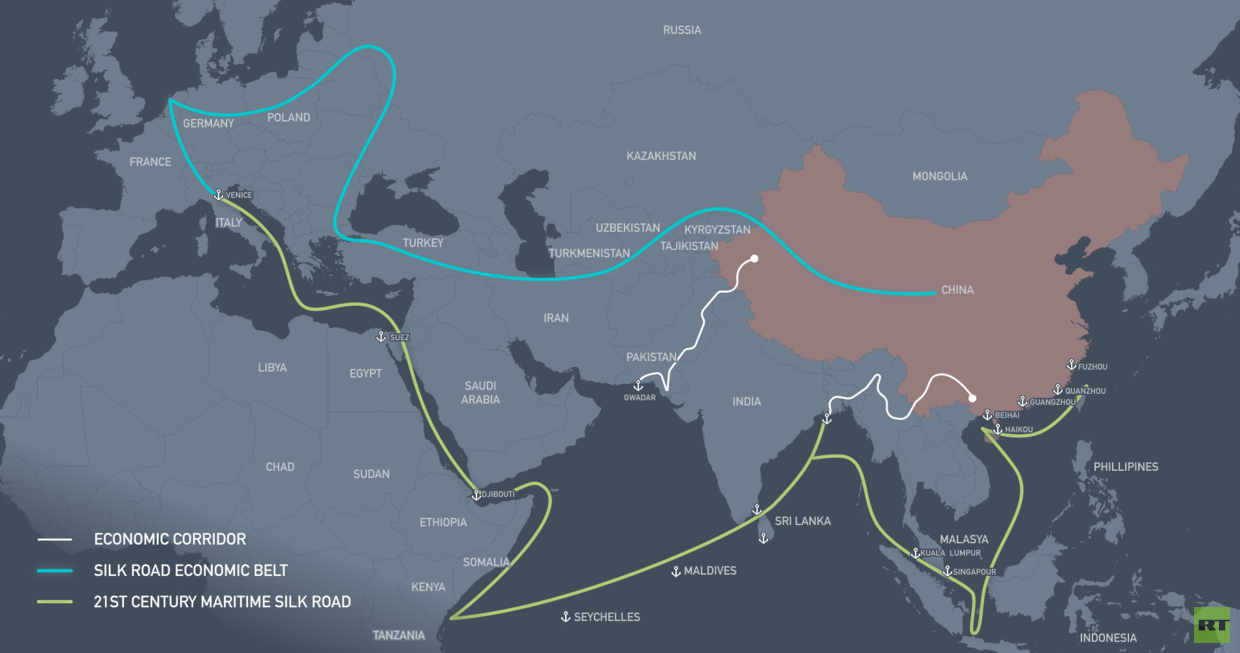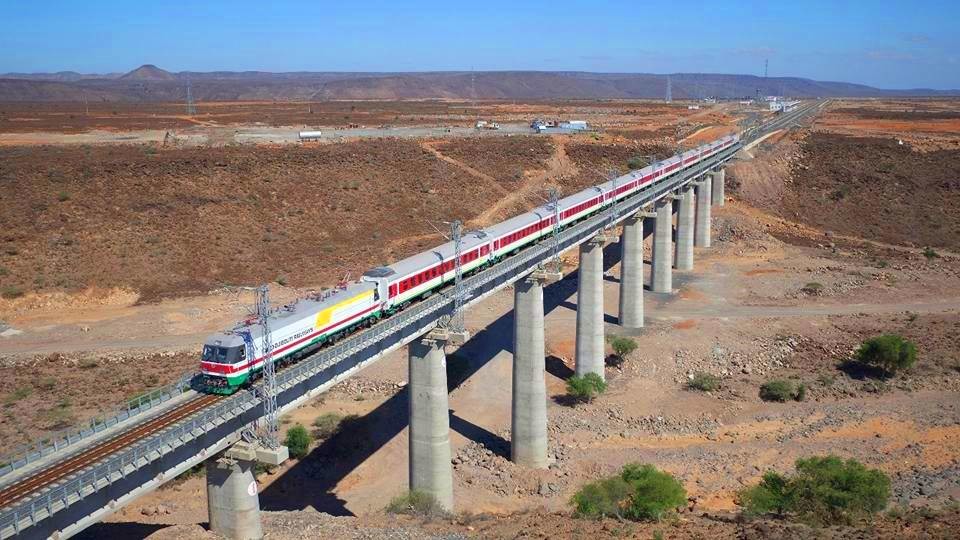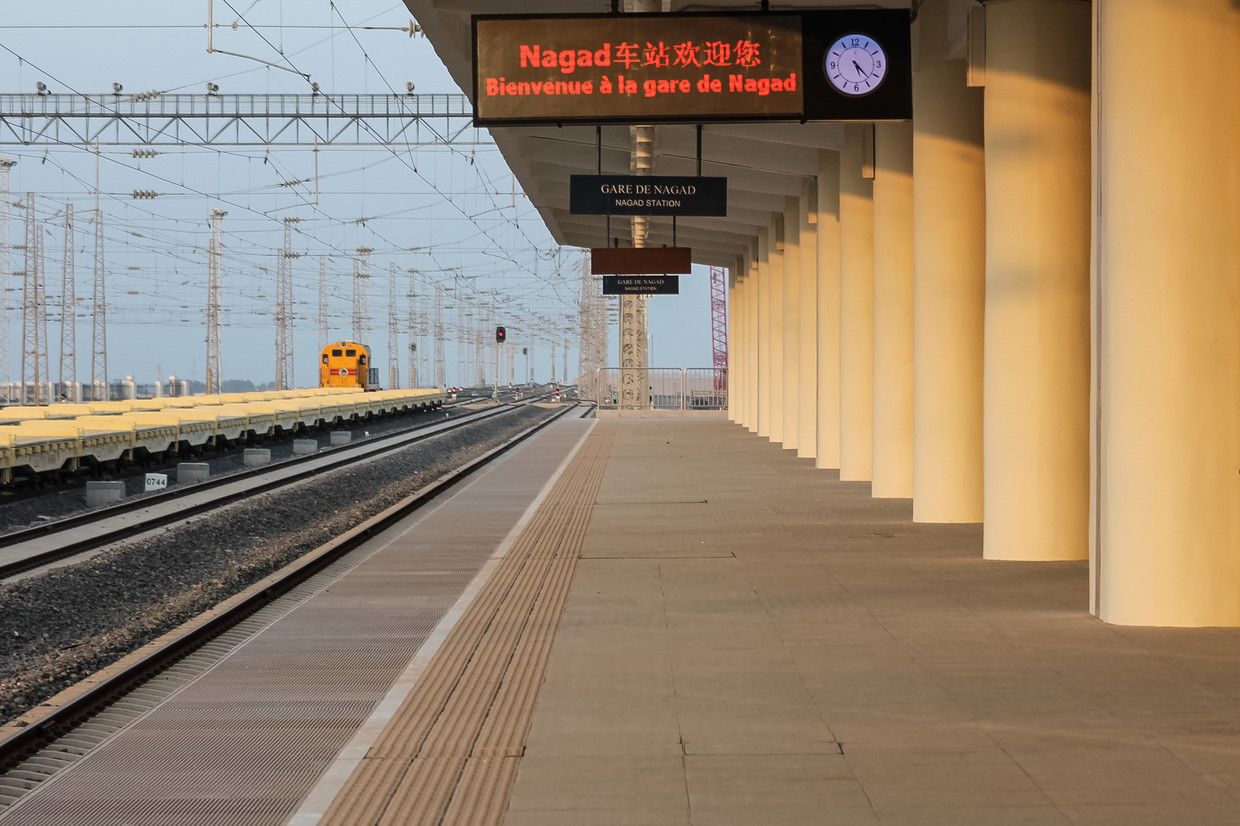Why China believes the World needs the new Silk Road: Beijing's ambitious mega-project explained
Published time: 13 Sep, 2019 07:04

China's trillion-dollar "One Belt, One Road" initiative (BRI) is an attempt to revive the Silk Road, an ancient trade route that for hundreds of years connected the East and West during the days of the Roman Empire.
The initiative, which was unveiled by Chinese President Xi Jinping in 2013, envisages linking China with Africa, Asia, Europe and the Americas through a network of seaports, railways, roads and industrial parks. The major goal of the 21st century Silk Road project is to create greater connectivity across the world to promote peace through trade and development.
Why Beijing believes the world needs the BRI
Victor Gao, director of the China National Association of International Studies, said that the BRI initially started as a connectivity project, including financial and power connectivity.

There are many projects within the BRI, with more than 100 countries already having signed up for it. Each country has different goods to export. Some export manufactured industrial goods, like the Czech Republic and Slovakia in eastern Europe. Other countries export more materials, commodities, energy products, and agricultural products, Gao explained.
According to the expert, better connectivity is created by building new roads, railways and ports. This boosts trade by allowing goods to move faster.
"Among the projects completed is the railway in Kenya between Nairobi and Mombasa. It is already operational and has improved the efficiency and productivity in Kenya a lot, not only in terms of moving people around but also moving goods and services around," said Gao.

He also named a high-quality highway in Ethiopia, spanning from Addis Ababa all the way to Djibouti, crossing a vast expanse of Ethiopian territory.

Gao said that there are many potential projects on the Eurasian continent itself. Countries like Myanmar, Laos, Vietnam, Cambodia, Thailand, Singapore, and Malaysia will benefit in terms of promoting the BRI, he said. "They will get much better connectivity, including the financial [kind]."
China's trade volume with the Association of South East Asian Nations (ASEAN) is already surpassing its trade volume with the United States and is picking up speed, according to Gao.
ALSO ON RT.COMBank of China approved $140 billion of credit for Silk Road projects
Hong Kong-based political scientist Joseph Cheng has pointed to the development of cooperation projects with China's traditional ally Pakistan. He said that African countries are also interested in participating in the BRI "because they certainly fit in the category of countries needing infrastructural development and investment funds."
Some European countries which have been in financial difficulties may be interested in "attracting investment from China, mainly Greece a few years ago and Italy in recent years."
Why China needs the BRI
The project is aimed at satisfying China’s domestic needs in terms of using its excess capacity in certain industries more effectively. It provides China with new markets and sources of raw materials and an opportunity to invest Beijing’s vast foreign exchange reserves, Joseph Cheng explains.
ALSO ON RT.COMChina’s new Silk Road to link Africa's huge market to the rest of the world – official
"In response to the economic crisis in 2008-2009, China launched many investment programs resulting in excess capacity in industries like steel, cement and so on."
Cheng added that "now China would like to use its excess capacity in certain industries, its substantial foreign exchange reserves as well as its technology and experiences in infrastructural projects development."
As a growing industrial country, China needs markets and sources of raw materials, the expert pointed out. "China has substantial foreign exchange reserves, up to $3.1 trillion. Part of that was invested in financial papers, treasury bonds in the United States, which are not seen as very productive from China's point of view."
ALSO ON RT.COMEngine of growth: Trade turnover across China’s ‘One Belt, One Road’ exceeds $5 trillion since 2013
According to Gao, China is mobilizing all its resources, all of its 31 provinces, autonomous regions and municipalities to contribute to the BRI. "Eventually, for many other big projects involved in the initiative, capital is a very important thing. And when you talk about capital, China is one of the biggest providers of foreign direct investments," he said, noting that it also receives huge flows of foreign direct investment.

0 Comments:
Post a Comment
Subscribe to Post Comments [Atom]
<< Home